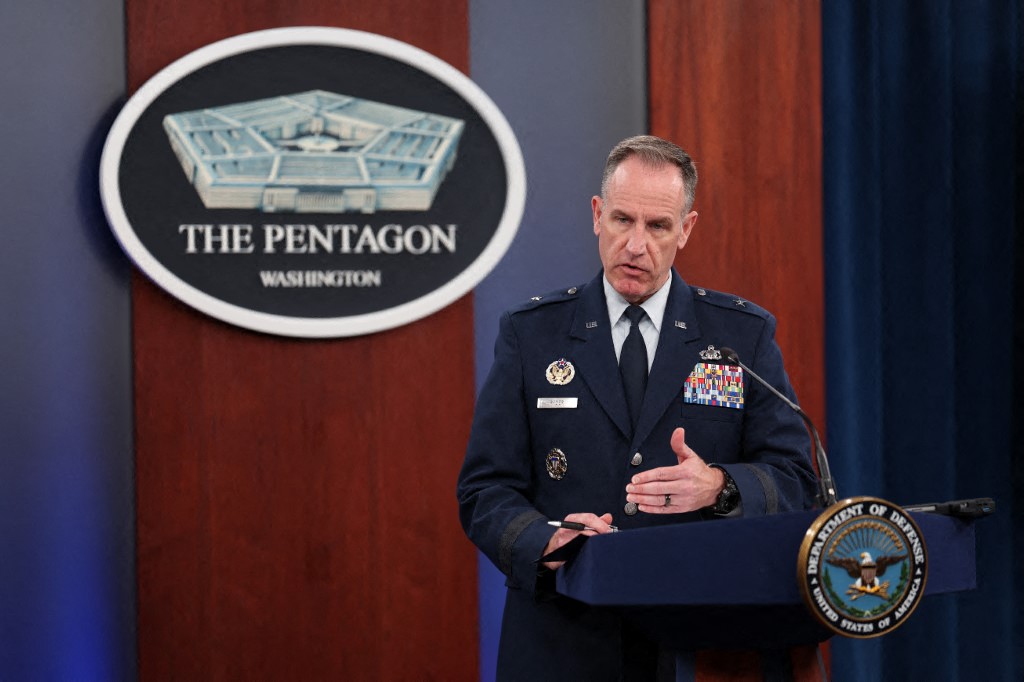Washington, United States– US warplanes on Thursday shot down a Turkish drone that was deemed a threat to American forces in Syria, the Pentagon said — an incident likely to raise tensions between the NATO allies.
The shootdown came as Turkey targeted Kurdish forces in Syria following a suicide bombing in Ankara that was claimed by the Kurdistan Workers’ Party (PKK).
US troops observed drones carrying out strikes early Thursday, some of them inside a “restricted operating zone” (ROZ) near Hasakeh, about a kilometer (less than a mile) from American troops, Pentagon spokesman Brigadier General Pat Ryder told journalists.
A few hours later, a Turkish drone returned to the ROZ and flew toward American forces despite what a US official said were a dozen calls to Ankara’s military.
Ryder said “US commanders assessed… the UAV, which was now less than a half kilometer from US forces, to be a potential threat,” using an abbreviation for unmanned aerial vehicle.
“US F-16 fighters subsequently shot down the UAV in self-defense,” he said.
Defense Secretary Lloyd Austin spoke with his Turkish counterpart Yasar Guler on Thursday, urging “de-escalation in northern Syria and the importance of maintaining strict adherence to de-confliction protocols and communication through established military-to-military channels,” Ryder said in a statement.
Turkey’s defense ministry confirmed the call, saying the two officials discussed “the latest developments in Syria.”
The United States has approximately 900 troops deployed in Syria as part of international efforts to combat the Islamic State (IS) group, and carries out frequent raids targeting the jihadists.
Dangerous mix
US forces are partnered with the Syrian Democratic Forces (SDF), which led the fight that dislodged IS fighters from the last territory they held in the country in 2019.
But Turkey views the Kurdish People’s Protection Units that dominate the SDF as an offshoot of the PKK, which is considered a terror group by Ankara and its Western allies.
While Turkey regularly carries out drone attacks in the semi-autonomous Kurdish region in northeast Syria, it warned of more intense cross-border air raids after concluding the militants who staged the Ankara bombing came from that country.
Turkish strikes on military and infrastructure targets in Kurdish-held areas of Syria killed at least nine people on Thursday, according to Kurdish security forces.
Syria contains a dangerous mix of often antagonistic forces operating on the ground and in the air, including those from President Bashar al-Assad’s government, Russia, the United States, Turkey, Iran-linked groups, the Kurds and jihadist organizations.
Turkey has shot down both Syrian and Russian planes in the past, while the United States more recently accused Moscow’s forces of repeatedly harassing its aircraft over Syria.
In July, Washington said a Russian fighter aircraft dropped flares above an American drone as it took part in an anti-IS mission, damaging its propeller.
That incident followed others in which the United States said Russian planes harassed a manned American reconnaissance plane as well as MQ-9 drones.








